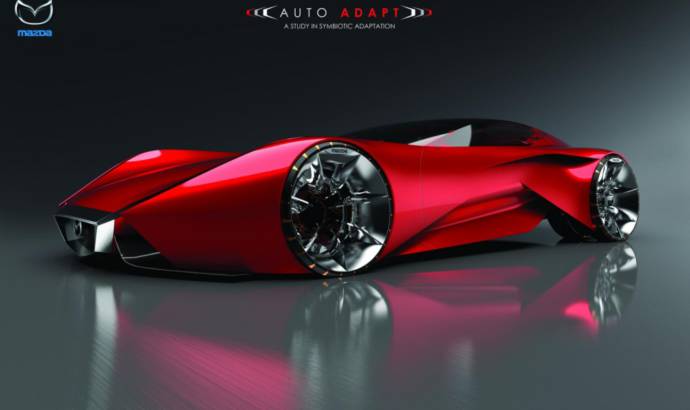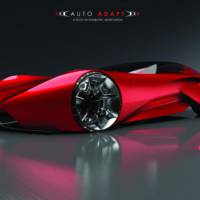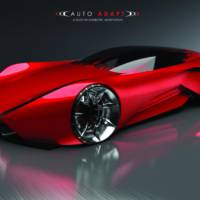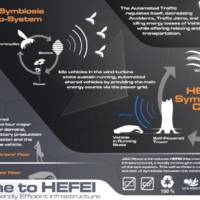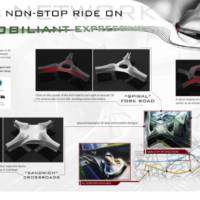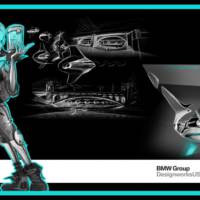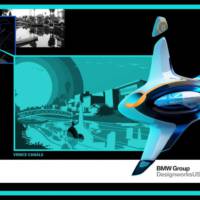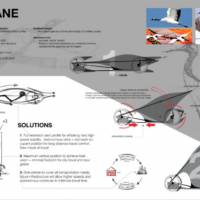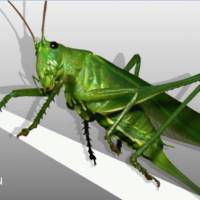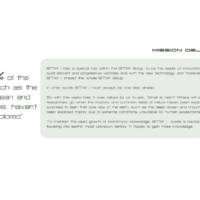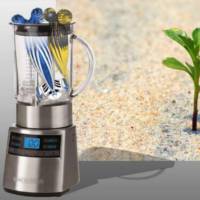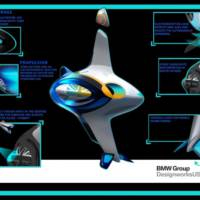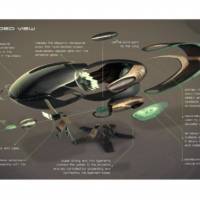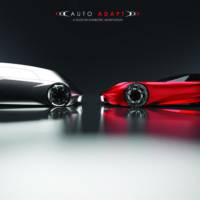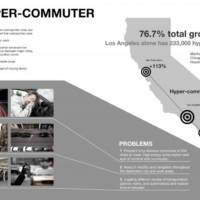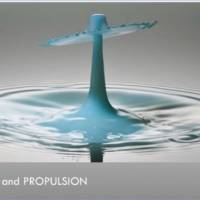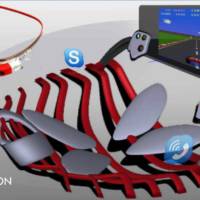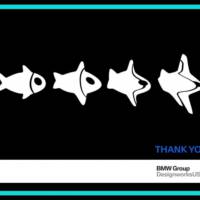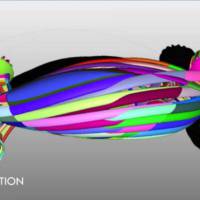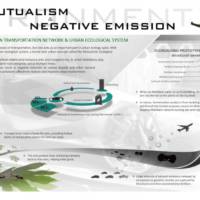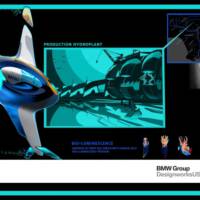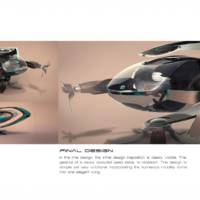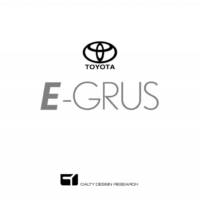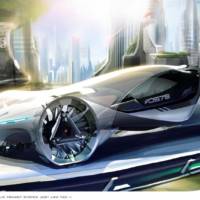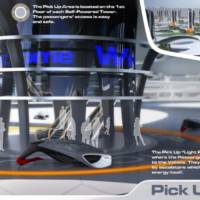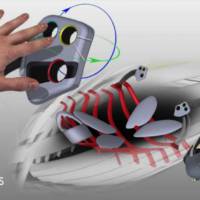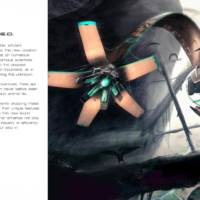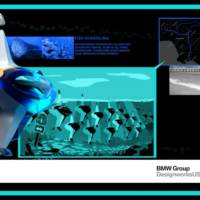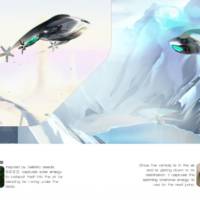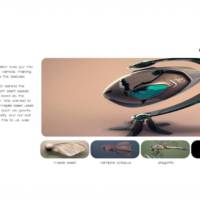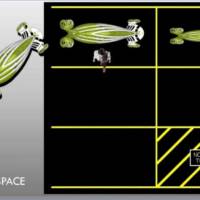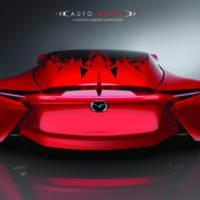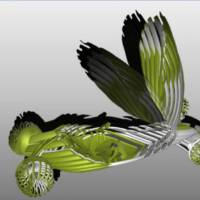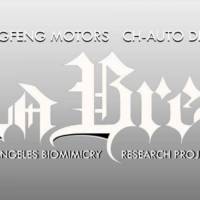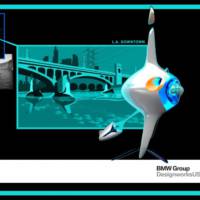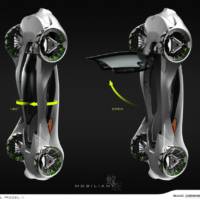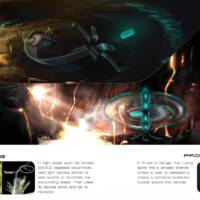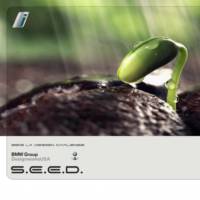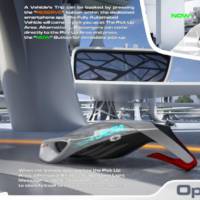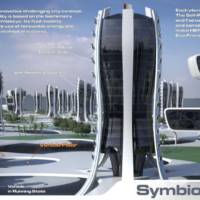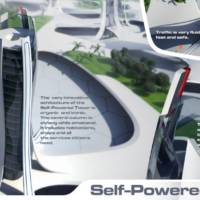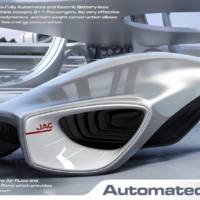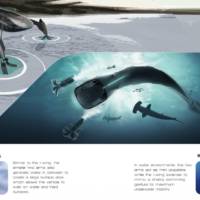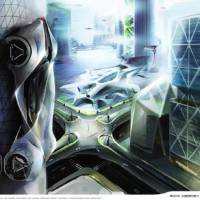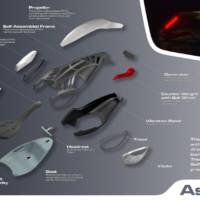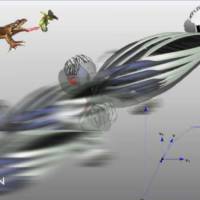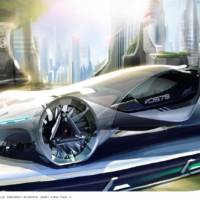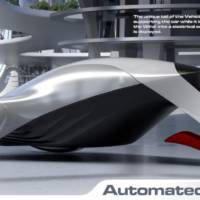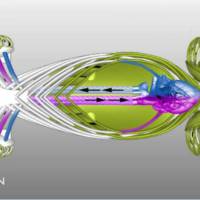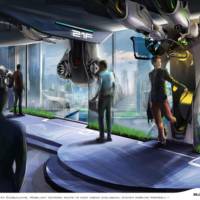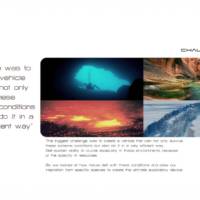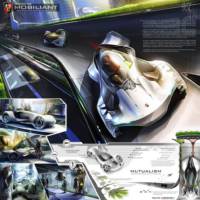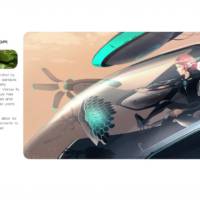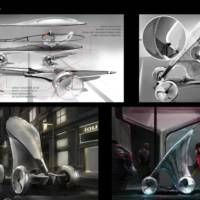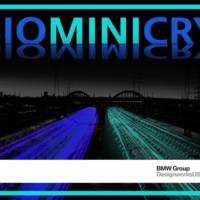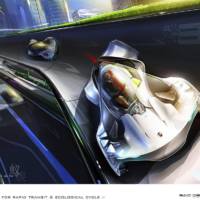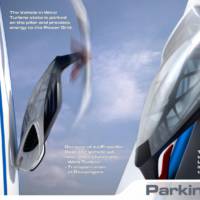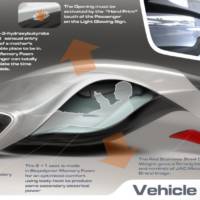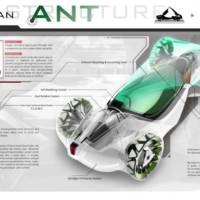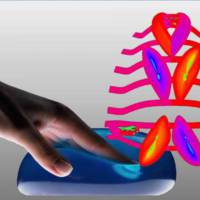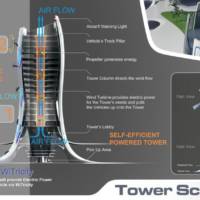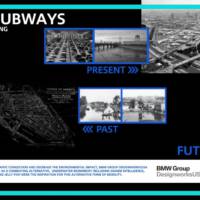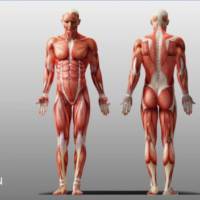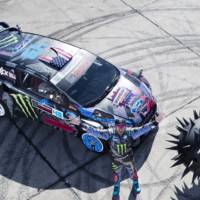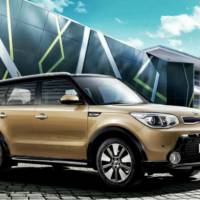The Los Angeles Auto Show announced today that nine concepts were submitted by world-renowned auto design studios for this year’s Design Challenge, themed "Biomimicry & Mobility 2025 – Nature’s Answer to Human Challenges." Each competitor’s mobility solution or system has been designed with nature’s inspiration while increasing function and addressing a variety of transportation topics, such as congestion, pollution, safety and sustainability. With biological knowledge doubling every five years, the 10th Design Challenge pushes automotive designers to explore new instruments and knowledge like never before.
In addition to the nine competing studios, three additional studios are joining this year’s Design Gallery to showcase their team’s capabilities making for a total of 12 auto design studios from around the world participating in the Show. Studios participating in the Design Challenge represent the brands BMW, Changfeng, JAC Motors, Mazda, Qoros, SAIC Motor, Subaru and Toyota. Their entries for this year’s Design Challenge propose mobility solutions inspired by natural creatures, structures and occurrences. From self-sustaining silk worms to long-forgotten waterways, the entries are sure to spark intense competition and careful deliberation at the LA Auto Show’s 2013 Design Challenge. The three additional studios showcased in the Gallery include Hyundai Design and Research Center, Mercedes-Benz Advanced Design Center California and Nissan Design America.
2013 Design Challenge entries include:
- BMW Group DesignworksUSA, USA – To solve LA’s daily traffic congestion and decrease the environmental impact, BMW Group DesignworksUSA designers explore forgotten waterways as a commuting alternative with their vehicle concept, "L.A. Subways." Inspired by the efficiency of swarms and the unique power generating processes found within cells, BMW Group DesignworksUSA’s design serves to answer the ever-growing challenges of mobility in Los Angeles.
- BMW Group DesignworksUSA, USA – Inspired by biomimicry, the BMW "S.E.E.D (Sustainable Efficient Exploratory Device)" was created to explore the world’s harshest environments in search for new life forms and inspiration. Using the maple seed as its main inspiration, this vehicle uses a multifunctional rotating tail and nature’s elements such as solar energy, wind and gravity as its main sources of mobility.
- Changfeng Motor Corporation, China – Using a hollow reed design in a spiral dynamic configuration, Changfeng has created "’LaBrea’ – Los Angeles Bio Research Project," which utilizes a closed loop and semi rigid torsion reed network to distribute and manage maneuvering capabilities. The entire system resembles a grasshopper, capable of running, jumping, climbing, swimming and also the ability to squeeze between narrow openings. From holographic Emoji to update traffic patterns, to techno gel seat cushions that provide cooling and heating, the LaBrea mobility system adheres to the adage "Adapt or Die."
- JAC Motors R & D Center, Japan – JAC Motors introduces "HEFEI" (Harmonious Eco-Friendly Efficient Infrastructure), a totally rethought mobility solution inspired by the self-sufficiency of the eco-system. This mobility network offers symbiosis between vehicles and their urban environment. Idle vehicles are used to power running vehicles; a power grid supports the entire system; and automated traffic regulates itself, decreasing accidents, traffic jams and energy loss.
- Mazda Design Americas, USA – In reaction to the impending demise of the 2025 driver, Mazda has designed "AUTO ADAPT." Studying the biological phenomenon of adaptation and specifically how insects have adapted, Mazda has created a vehicle that has the ability to adapt from being fully autonomous to a manual machine. These vehicles are geared directly to those true drivers out there that long for the excitement found with driving an automobile; the excitement expected to be completely eliminated from the autonomous cars of 2025.
- Qoros Auto, China – Acting as a control hub, the "Silk Road System" designed by Qoros will allow vehicles to operate harmoniously, actively eliminating accidents. Using the silk worm as its inspiration, Silk Road Vehicles and Silk Bots, in coordination with the overall system will serve to offer the drivers of Shanghai a fool-proof, sustainable and waste-free mobility system.
- SAIC Motor, China – Inspired by a simple ant’s distinctive body structure and the mutually beneficial relationship between ants and trumpet trees, SAIC Motors designed Roewe "Mobiliant." Mobiliant is a single-seat vehicle for urban public transit, which helps improve both transportation and operation efficiency for future urban ecological systems.
- Subaru Global Design Team, Japan – The innovative, affordable and fun personal mobility vehicle from Subaru’s designers was created to change the man-vehicle relationship in a revolutionary way. The "SUBA-ROO" is a one-legged, self-contained, wearable mobility vehicle with a propulsion method which mimics the efficient yet powerful jumping motions of a kangaroo. With the SUBA-ROO’s all-road, go anywhere capability and Subaru’s Eye-Sight safety system, the path to your destination is unlimited. On the road, a trail, a beach, or in a building, SUBA-ROO will widen the boundaries of mobility and bring back the joy of personally mobility for everyone to enjoy.
- CALTY Design Research, Toyota Design Network, USA – Designed as the ultimate electric hyper-commuter vehicle, the Toyota "e-grus" specializes in long distance travel and minimal footprint city driving. Inspired by the resilient crane, e-grus can be driven autonomously, positioned at a full extension aero profile for efficiency and high speed stability much like a crane in flight. The dual mode shifts through an active metal surface that sends electric currents for a pliable skin that hardens once positioned vertically or horizontally.
Entries will be judged on various factors including creative adaptation of nature’s laws (plants & animals); application of human intelligence to Biomimicry in unique ways to improve the efficiency of future vehicles; comfort, convenience, aesthetics of the vehicle; sustainability of the building, servicing, operation, and life cycle; and the personality of the vehicle in relationship to the brand.
Entries will be judged by Tom Matano, Executive Director, School of Industrial Design at San Francisco’s Academy of Art University; Stewart Reed, Chair of Transportation Design at Pasadena’s Art Center College of Design; John Manoogian, Adjunct Professor Auto Design Studio at the College for Creative Studies. This esteemed panel of judges will be joined by guest judge, Dr. Gabriel A. Miller, who currently serves as the Director of Research & Development at the Centre for Bioinspiration at San Diego Zoo Global, where he devotes his work to the implementation of nature’s design and engineering solutions to advance humanity, wildlife, and habitats.
All entries will be presented and a winner will be selected during the Design Los Angeles Open House and Challenge Presentations on Thursday, Nov. 21, from 2:00 p.m. to 5:00 p.m. The final competition concepts will be prominently displayed at the LA Auto Show in the newly created Design Gallery that makes design an integral part of the LA Auto Show.

